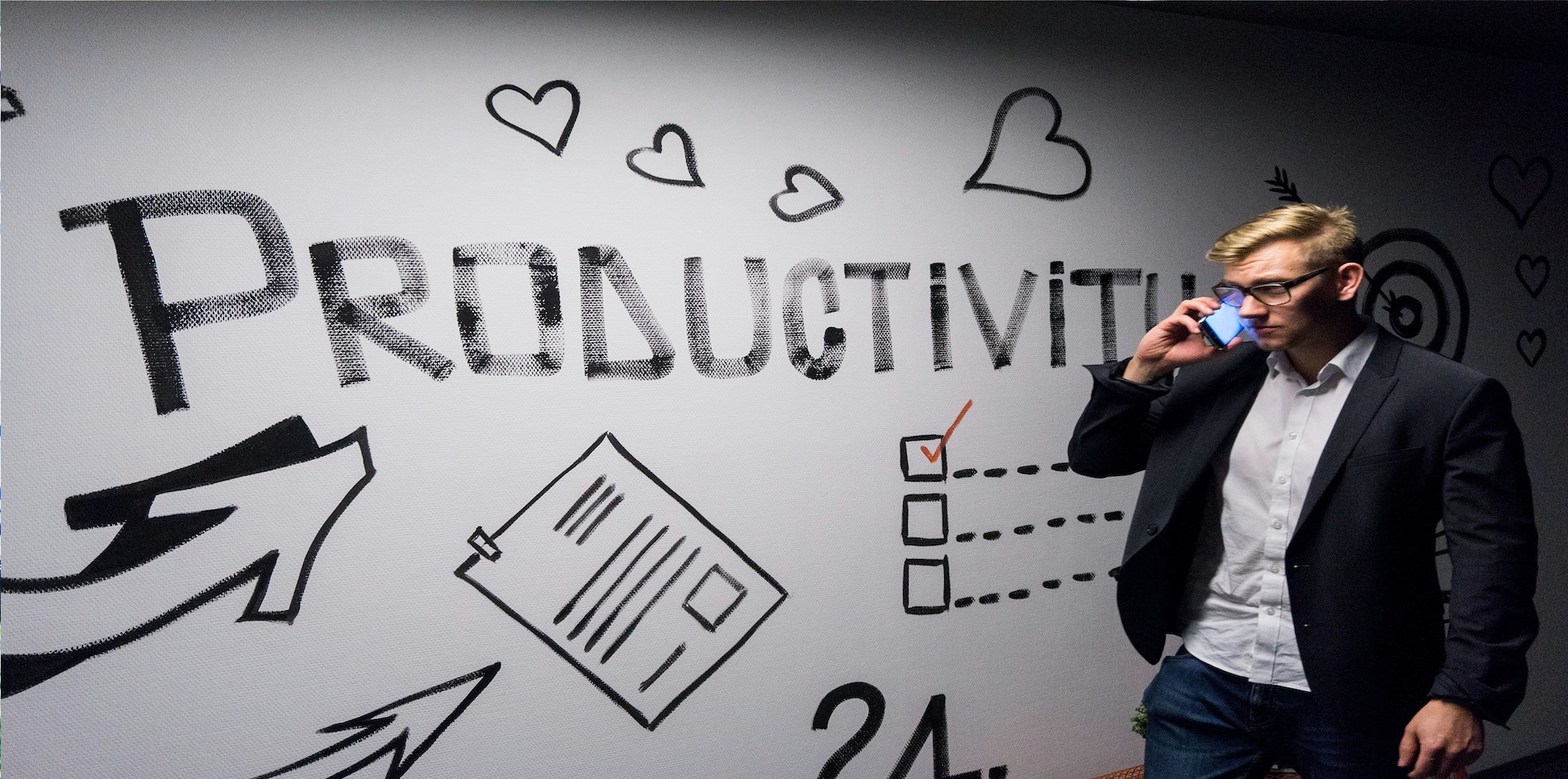
Published: August 2025
Performance management meetings are a cornerstone of employee development and organisational success for small and medium businesses in Australia. These meetings provide a structured opportunity to align employee performance with business goals, address challenges, and foster growth.
However, creating a positive and productive environment requires preparation, empathy, and adherence to best practices. This article offers actionable tips for Australian business owners and HR professionals to conduct effective performance management meetings, ensuring compliance with employment laws and enhancing workplace culture in 20256.
Performance management meetings are formal discussions between managers or HR professionals and employees to review performance, set goals, and identify areas for improvement or development. Unlike disciplinary meetings, these sessions focus on constructive feedback, employee engagement, and aligning individual contributions with organisational objectives. They are a proactive tool to boost productivity, morale, and retention while ensuring employees understand expectations.
In Australia, performance management must comply with the Fair Work Act 2009, which mandates fair processes and transparency. Regular meetings help businesses meet these obligations while fostering a culture of open communication and continuous improvement.
Effective performance management meetings benefit both employees and businesses:
For small and medium businesses, these meetings are critical to maximising limited resources and maintaining a competitive edge.
Preparation is key to creating a positive and effective meeting environment. Follow these steps:
Before the meeting, collect specific, objective data on the employee’s performance. This includes:
For example, if an employee in a Sydney retail business consistently exceeds sales targets by 15%, document this with monthly sales reports. If another struggles with customer complaints, note specific incidents, such as a complaint received on 15 July 2025.
Objective evidence fosters trust and keeps discussions focused on performance, not personal attributes.
Notify the employee at least 24 hours in advance, providing:
Add the meeting to both calendars to avoid conflicts. For instance, a Melbourne marketing firm might email an employee on Monday for a Thursday meeting, ensuring ample preparation time.
Frame the meeting as an opportunity for growth, not criticism. Use neutral language in invitations, such as: “This meeting is to discuss your recent achievements, set goals for the next quarter, and identify any support you need.” This approach reduces anxiety and encourages open dialogue.
The meeting itself should be structured, respectful, and collaborative. Here’s how to ensure success:
Hold the meeting in a private setting, free from interruptions. For remote teams, use secure video platforms like Zoom with a stable connection. Ensure the space feels neutral—avoid sitting across a large desk, which can seem confrontational. For example, a Brisbane tech startup might use a quiet meeting room with natural light to put employees at ease.
Discuss performance based on facts, not opinions. Use the evidence gathered to highlight successes and areas for improvement. For instance:
Avoid personal attacks, such as “You’re disorganised.” Instead, focus on actions: “Timely submissions are critical to our workflow.”
Encourage the employee to share their perspective. Ask open-ended questions like:
For example, an employee in a Perth construction firm might reveal that software issues are slowing their work, prompting the business to provide training or upgrades.
Collaboratively set SMART goals (Specific, Measurable, Achievable, Relevant, Time-bound). For instance, a goal for a customer service representative might be: “Reduce average call resolution time from 8 minutes to 6 minutes by 30 September 2025 through targeted training.”
Document the action plan, including:
This ensures clarity and accountability. For example, a small Adelaide bakery might agree to provide a pastry chef with a new oven to meet production targets.
Ask if personal or workplace factors are affecting performance. Issues like health challenges or inadequate resources may require adjustments. Offer support, such as access to an Employee Assistance Program (EAP), which 60% of Australian businesses now provide, according to a 2024 HR study.
The meeting’s impact depends on consistent follow-up:
For instance, a Canberra IT firm might review an employee’s coding output three months after agreeing to provide additional training, noting a 25% improvement in bug-free code.
Quarterly or biannually is ideal, with informal check-ins monthly. Regular meetings align with Australian best practices for employee engagement.
Stay calm, acknowledge their feelings, and refocus on facts. Offer a break if needed and reiterate the goal of supporting their success.
No, but they support compliance with the Fair Work Act by demonstrating fair processes, especially if performance issues lead to termination.
Yes, it’s good practice to offer this option, as recommended by the Fair Work Ombudsman, particularly for sensitive discussions.
Provide further support, such as training. If no improvement occurs, follow a formal process with warnings, ensuring compliance with employment laws.
For Australian small and medium businesses seeking to streamline performance management, Scale Suite offers tailored HR solutions. Our services include designing performance review frameworks, training HR on effective meeting techniques, and ensuring compliance with the Fair Work Act.
Scale Suite delivers embedded finance and human resource services for ambitious Australian businesses.Our Sydney-based team integrates with your daily operations through a shared platform, working like part of your internal staff but with senior-level expertise. From complete bookkeeping to strategic CFO insights, we deliver better outcomes than a single hire - without the recruitment risk, training time, or full-time salary commitment.
Considering hiring finance staff?
We’ll show you the full cost of an internal hire vs our embedded team – and exactly how much you’d save.
We’ll reply within 24 hours to book your free 30-minute call. No lock-in contracts and 30-day money-back guarantee



